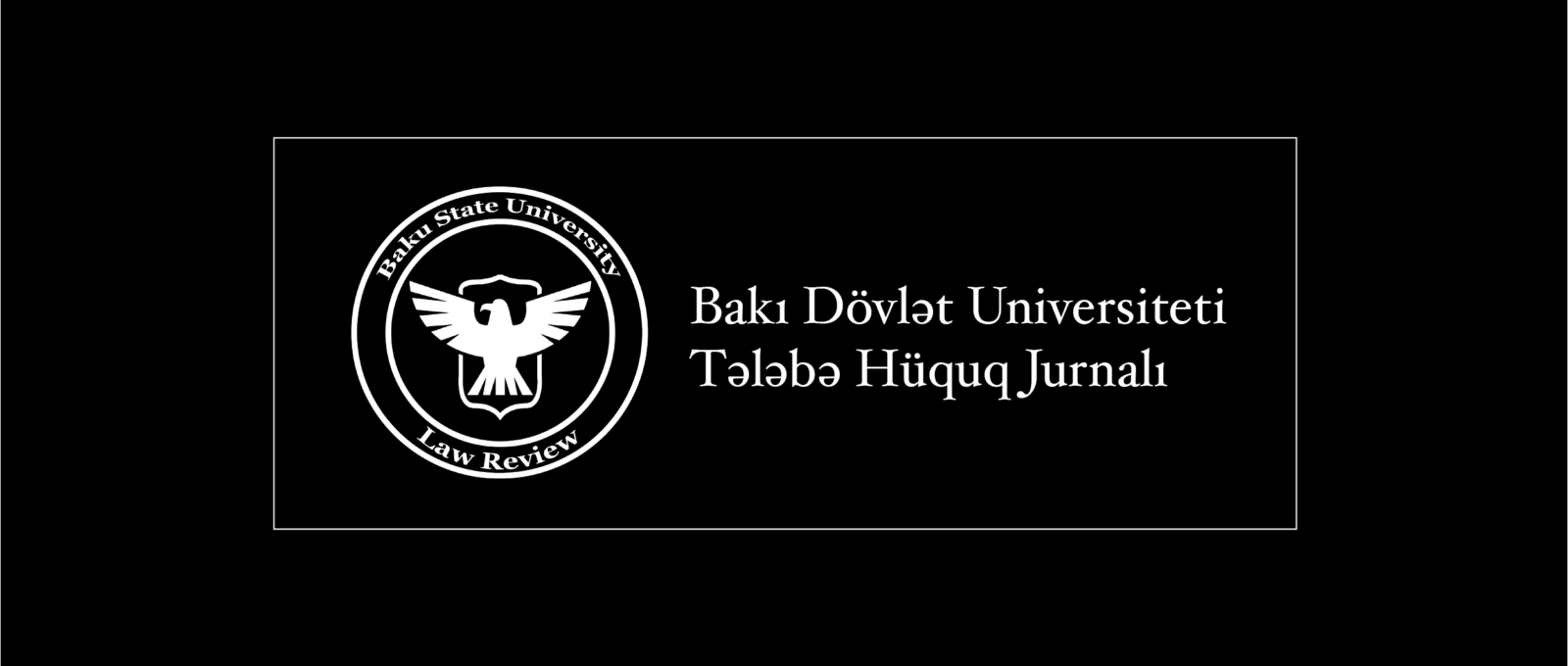Article language: English.
Abstract
What is humanitarian asylum? This principle emerged as a way to prevent victims who suffered severe persecution while living in their home country from being forced to return. International law reasons that even if a victim had no rational reason to fear persecution again, forcibly removing that victim to the origin country of persecution would be inhumane. The United States and Canada are two countries that endorse this principle and implement this belief in their immigration laws. However, both countries differ in their interpretation and implementation of humanitarian asylum.
In comparing the United States’ Immigration and Nationality Act to Canada’s Immigration and Refugee Protection Act, it is clear that there are major differences in terms of each country’s standard and approach to humanitarian asylum. The threshold question in determining whether humanitarian asylum is granted to a refugee is whether the infliction suffered constitutes persecution in the first place. If deemed persecution, then one must determine if the persecution is severe enough to warrant humanitarian asylum. In comparing the United States and Canada, it is clear that Canada’s approach is more restrictive and strict, focusing on appalling and atrocious physical harm and only considering psychological harm when a refugee provides sufficient physical, objective documentation. The United States, on the other hand, attempts to broaden the scope of its immigration laws by considering harm other than persecution and allowing testimony as a means to demonstrate psychological harm.
Bu post həm də digər dildə mövcuddur:
Azərbaycanca

